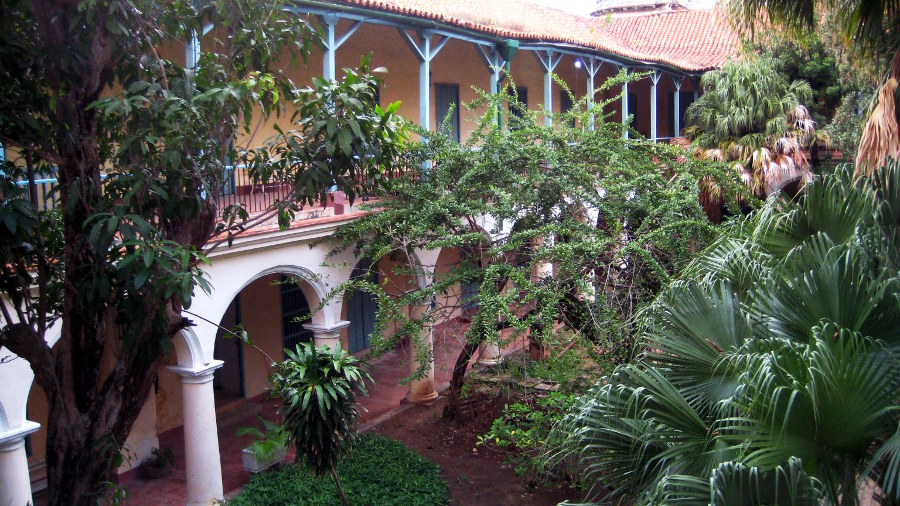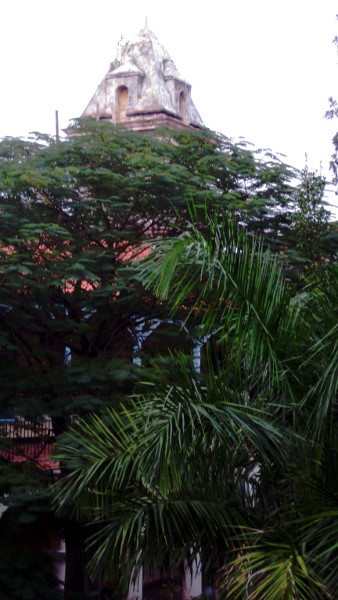
Voyage to Havana Part 2
The center of Old Havana is a microcosm of old restored palaces and houses now converted into hotels, museums and shops as well as oddly perfect cobbled streets. Walking away from the tourist bustle, along calle Cuba one slowly begins to see less shiny streets and refurbished palaces while stumbling across some of the earliest religious structures in the city. Two of the oldest churches Espiritu Santo and La Merced lie on this street, as well as the oldest convent – Santa Clara. All are on the tourist maps but seemingly only the more dedicated fans of colonial architecture seek them out. No one even appeared to know whether the Santa Clara convent was open.

My English friend and I found Santa Clara to be a work in progress – empty rooms and corridors, scaffolding and workshops. We had actually seen more of its original furnishings in the Museum of Colonial Art than in this emptied building which hasn’t been a convent since 1922. It now houses a colonial art restoration center with an oddly placed youth hostel in the middle of one of the cloisters. But this is where Mercedes lived for a time in her childhood – the place that she obsessed about in her first memoirs and which provoked her imagination. Arriving in the dimming light of late afternoon, we were eagerly waived in by the security guards – one of whom offered to take us around. Stepping through the old doors and into the vast zaguán, I couldn’t help but wonder—somewhat melodramatically – if I would hear the echo of footsteps, the sounds of long-ago voices praying or singing. Would I see the slave Dominga’s lantern as she led Mercedes through the cloisters on her first night? It wasn’t just me – Santa Clara has a ghostly reputation as our genial guide happily told us. He had heard cries in the night; his son had seen shadows and felt icy drafts and in the deconsecrated church, old skeletons had been unearthed.
Well, I guess he would say that – he wanted to earn a good tip and as we were most likely not supposed to have been there at that time – it was pure profit. Still, the convent of Santa Clara has always fascinated people – primarily because it was the aristocratic convent housing the daughters of Havana’s best families. The secrets of a cloistered world could not help but inspire stories and tales in the seventeenth and eighteenth centuries. Later, after the sisters left, the people flocked to see what lay behind the massive, plain walls and the legends refused to disappear. Mercedes’ tales no doubt fueled the rumors – even before she wrote her account many elegant Habaneros knew all about it. Somehow, seeing those overgrown and broken gardens, and staring up at the bell tower, it was easy to believe the legends – and even to catch a glimpse of a darkly veiled figure sweeping along the paths.